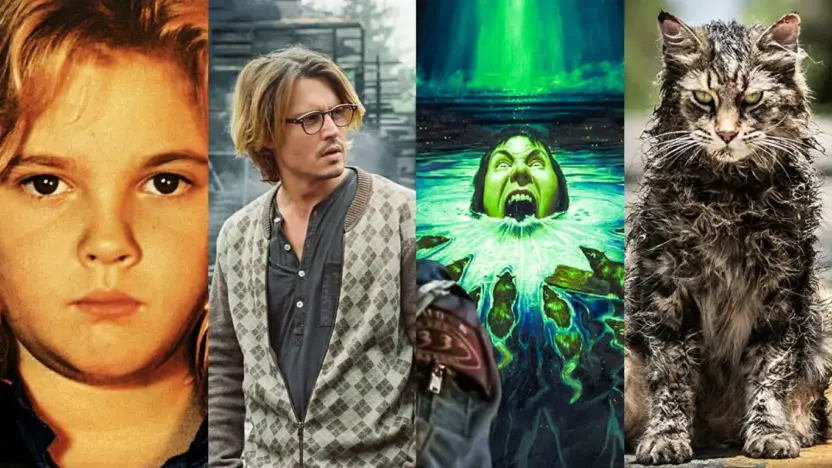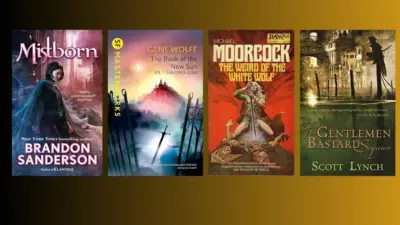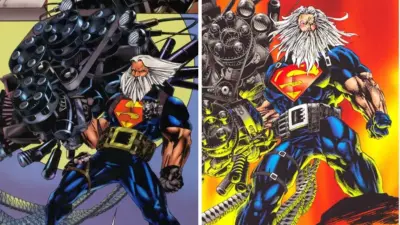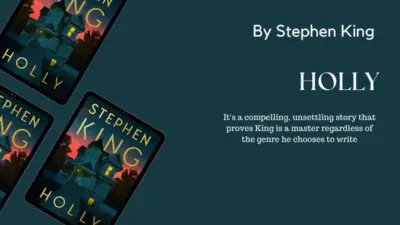The prolific author has penned some of the most chilling, deeply psychological stories ever to grace the printed page. While many of these tales have been adapted into films and TV shows, there’s a prevailing sentiment among fans and critics alike that King’s original novels often evoke a level of fear and emotional depth that their screen adaptations struggle to capture. This raises the question: which of his works truly surpass their adaptations in eliciting sheer terror? In this article, we will delve into “Stephen King’s Top 10 Books That Evoke More Fear Than Their Screen Adaptations.”
Stephen King’s Top 10 Books That Evoke More Fear Than Their Screen Adaptations
IT
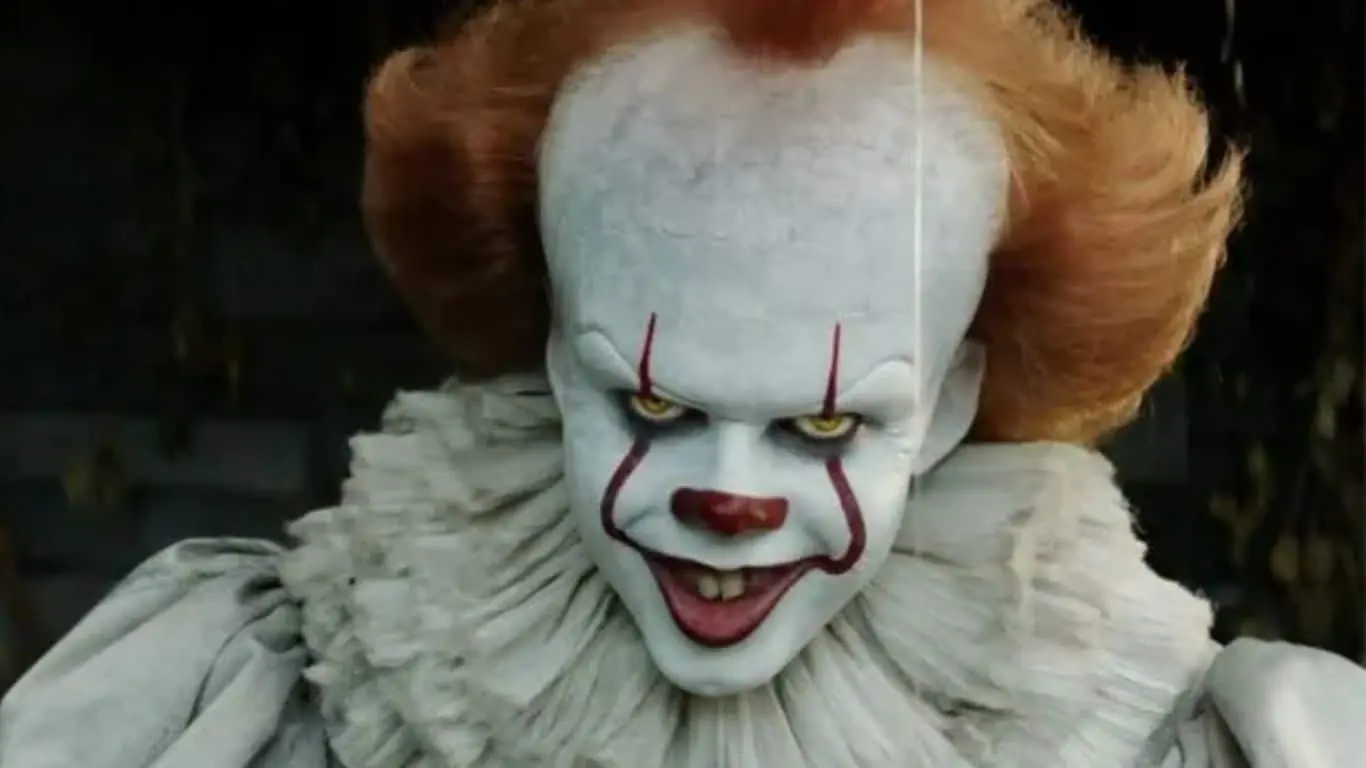
Arguably one of Stephen King’s most iconic works, “IT” is a sprawling epic that delves into the very essence of fear itself. Set in the fictional town of Derry, Maine, the novel alternates between timelines, focusing on a group of children, and later, the same individuals as adults, who confront the shape-shifting entity known simply as “It.” The depth of character development, the intricate web of their relationships, and the existential themes explored make the book a masterclass in psychological horror.
While the film adaptations, particularly the more recent two-part series, have received praise, but they can’t fully capture the dread that gradually builds up in the novel. The narrative structure and complex emotional nuances that King imbues into “IT” make the book far more terrifying and unsettling than any screen adaptation to date.
The Shining
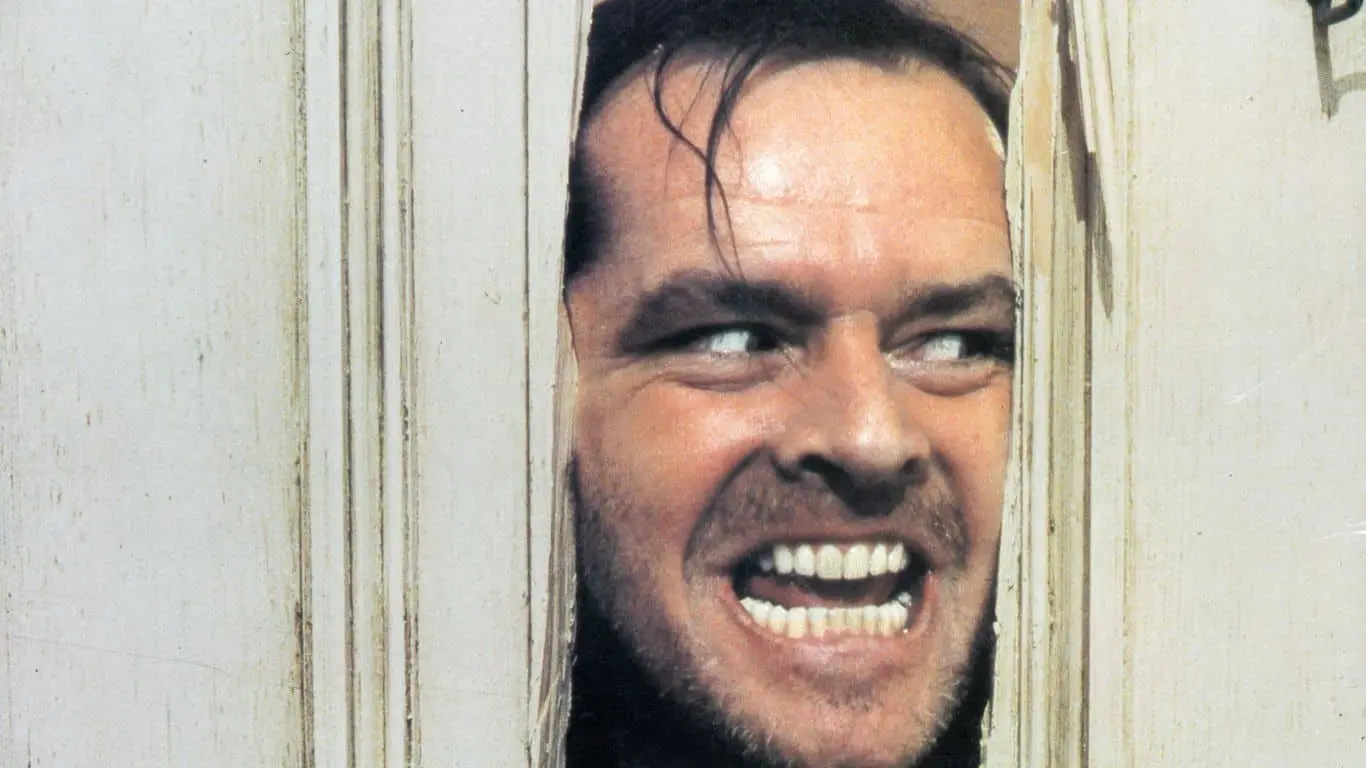
“The Shining” is not just a haunted house story; it’s a deep dive into the fragility of the human mind. Written by Stephen King, the novel chronicles the slow descent into madness of Jack Torrance, a struggling writer and recovering alcoholic who takes a winter caretaker job at the isolated Overlook Hotel. King’s storytelling is rich with symbolism and psychological complexity, making the novel a tense, nerve-wracking experience from start to finish.
While Stanley Kubrick’s film adaptation is a masterpiece in its own right, it takes considerable liberties with King’s material, focusing more on atmospheric and visual horror. In the book, the horror is deeply rooted in the psychological disintegration of a family, providing a more intimate and unsettling fear. The existential dread that King instills in “The Shining” lingers long after the final page, making it arguably scarier than its cinematic counterpart.
Pet Sematary
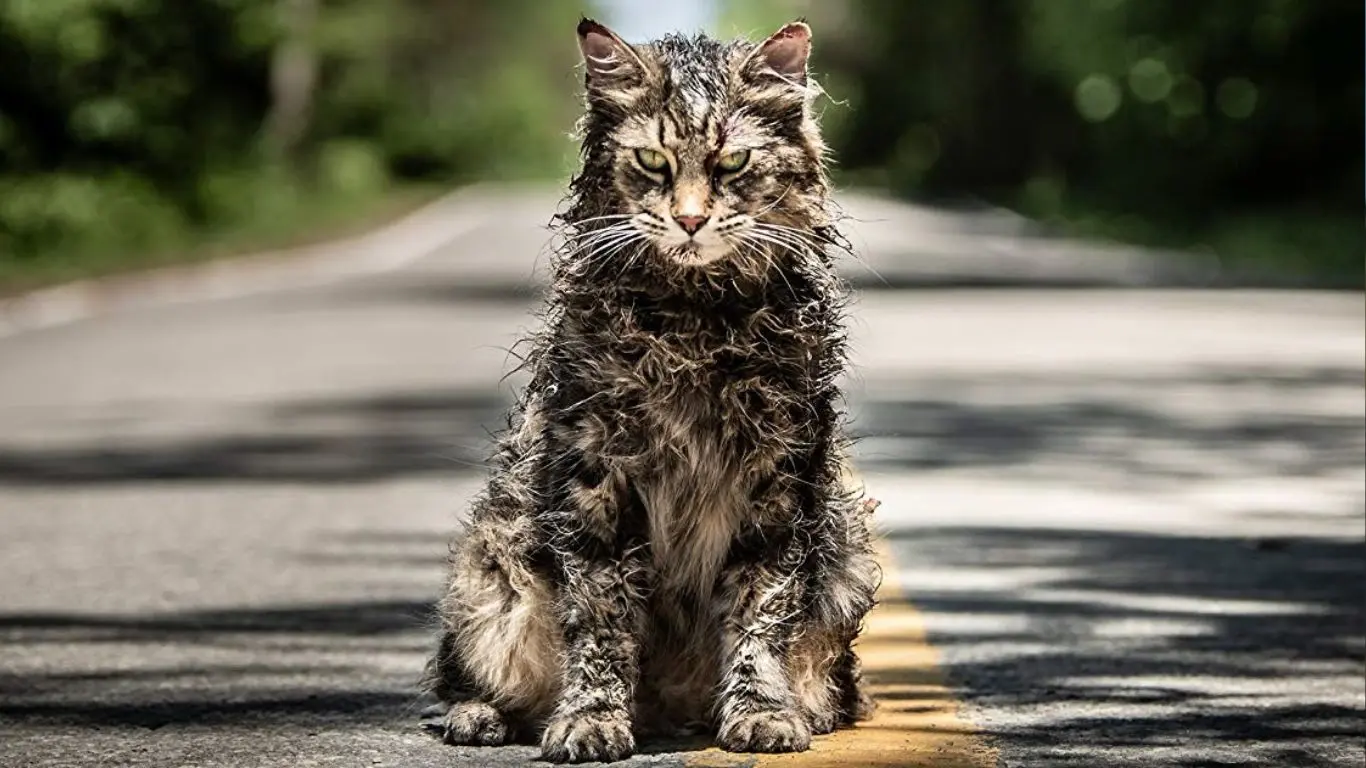
The story follows Dr. Louis Creed, who moves his family to a small Maine town and soon learns about a local “pet cemetery” with the power to resurrect the dead. Overwhelmed by grief following a family tragedy, Creed uses the cemetery’s dark magic, only to face horrifying consequences. King himself has said that “Pet Sematary” is the book that scared him the most while writing it, and it’s easy to see why.
The novel dives deep into the psychology of its characters, making their downward spirals into despair and madness palpable. While the film adaptations attempt to capture the story’s unsettling nature, they lack the slow-burning, psychological terror that makes the book a masterpiece of horror fiction. The nuanced portrayal of familial grief and moral dilemma in King’s original work far surpasses what has been depicted on screen.
Misery
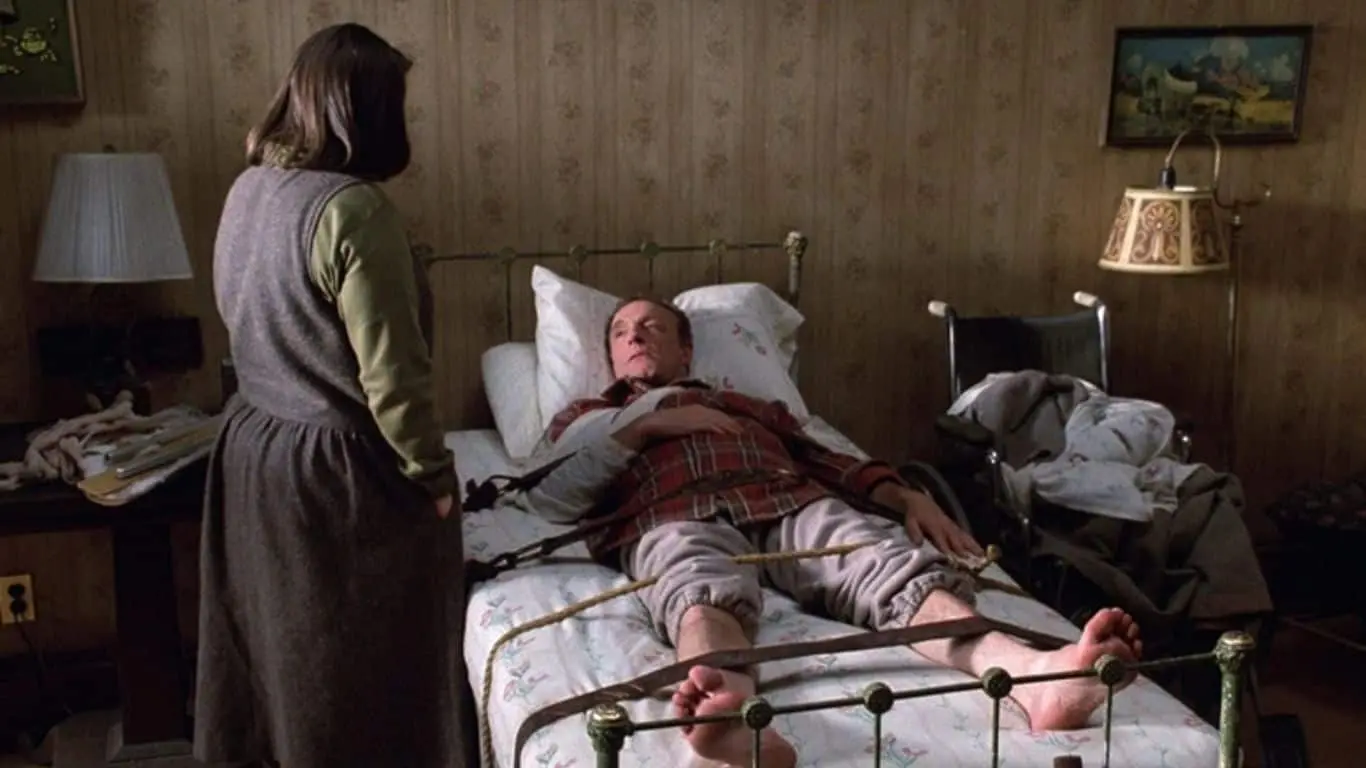
It is a masterstroke of psychological horror, penned by the inimitable Stephen King. The story revolves around novelist Paul Sheldon, who is rescued from a car accident by his self-proclaimed “number one fan,” Annie Wilkes. However, Annie’s hospitality quickly turns into a nightmarish ordeal as she subjects Paul to both physical and psychological torment. One of the most chilling aspects of “Misery” is how it plays out in an almost claustrophobic setting, with Sheldon trapped in a room, relying entirely on his captor for survival.
King’s intricate detailing of the character dynamics and the escalating sense of dread are incomparable. While the film adaptation, starring James Caan and Kathy Bates, received acclaim, particularly for Bates’ Oscar-winning performance, the medium’s constraints can’t fully encapsulate the prolonged psychological tension of the book. Reading “Misery” allows your imagination to delve deeper into the minds of its characters, making the horror significantly more visceral and intimate.
Salem’s Lot
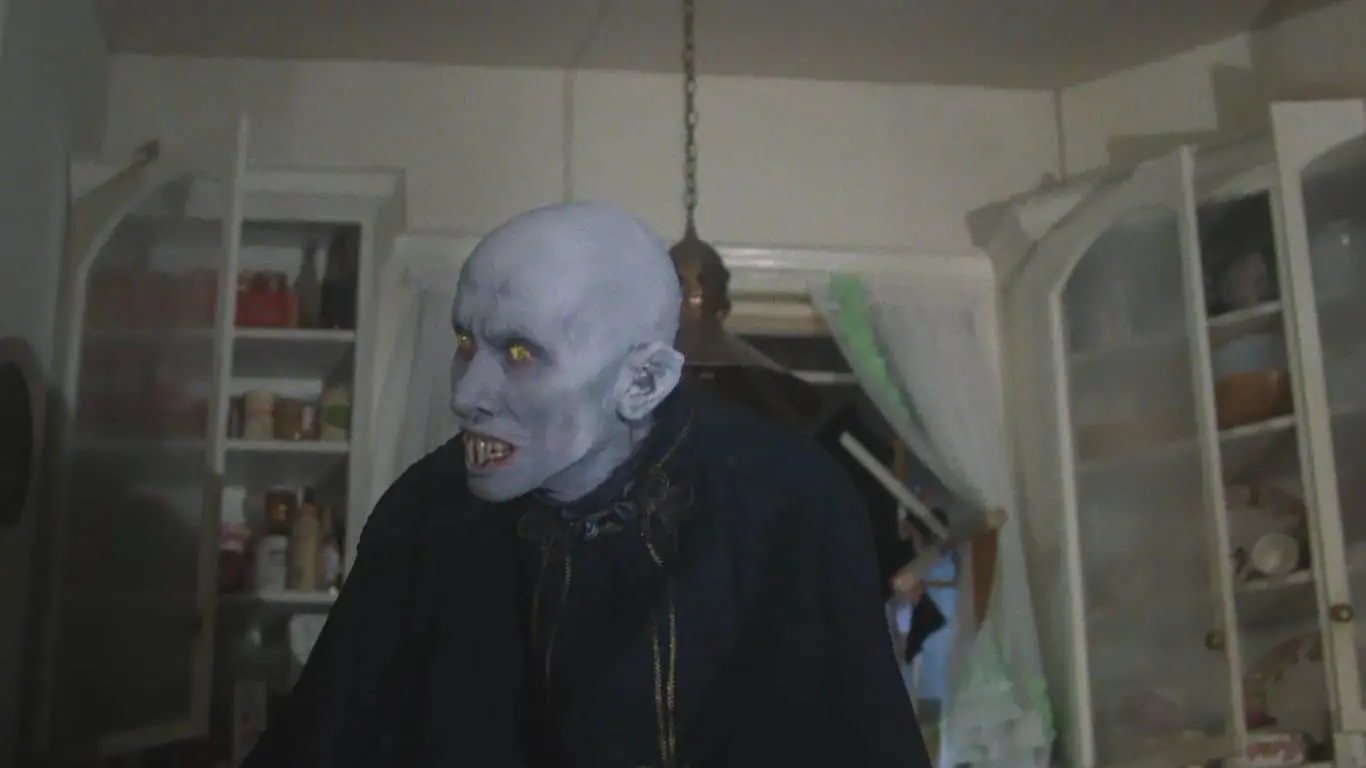
Far from just a blood-and-gore horror story, this novel uses the vampire invasion as a metaphor for the insidious decay that can grip a community from within. King’s strength lies in his ability to flesh out a large cast of characters, making readers care about their fates even as doom descends upon them. The story unfolds with a creeping sense of dread, as everyday settings turn menacing and the familiar becomes strange.
While there have been TV adaptations of “Salem’s Lot,” they invariably lack the depth and subtlety that King brings to his narrative. On screen, the horror is visceral; in the book, it’s existential. The novel allows readers to become residents of the doomed town, experiencing the mounting horror in a way that screen adaptations have yet to capture fully. In “Salem’s Lot,” the terror isn’t just in the fangs and the blood; it’s in the disintegration of social bonds and the loss of humanity, making the book a more deeply unsettling experience.
Secret Window, Secret Garden
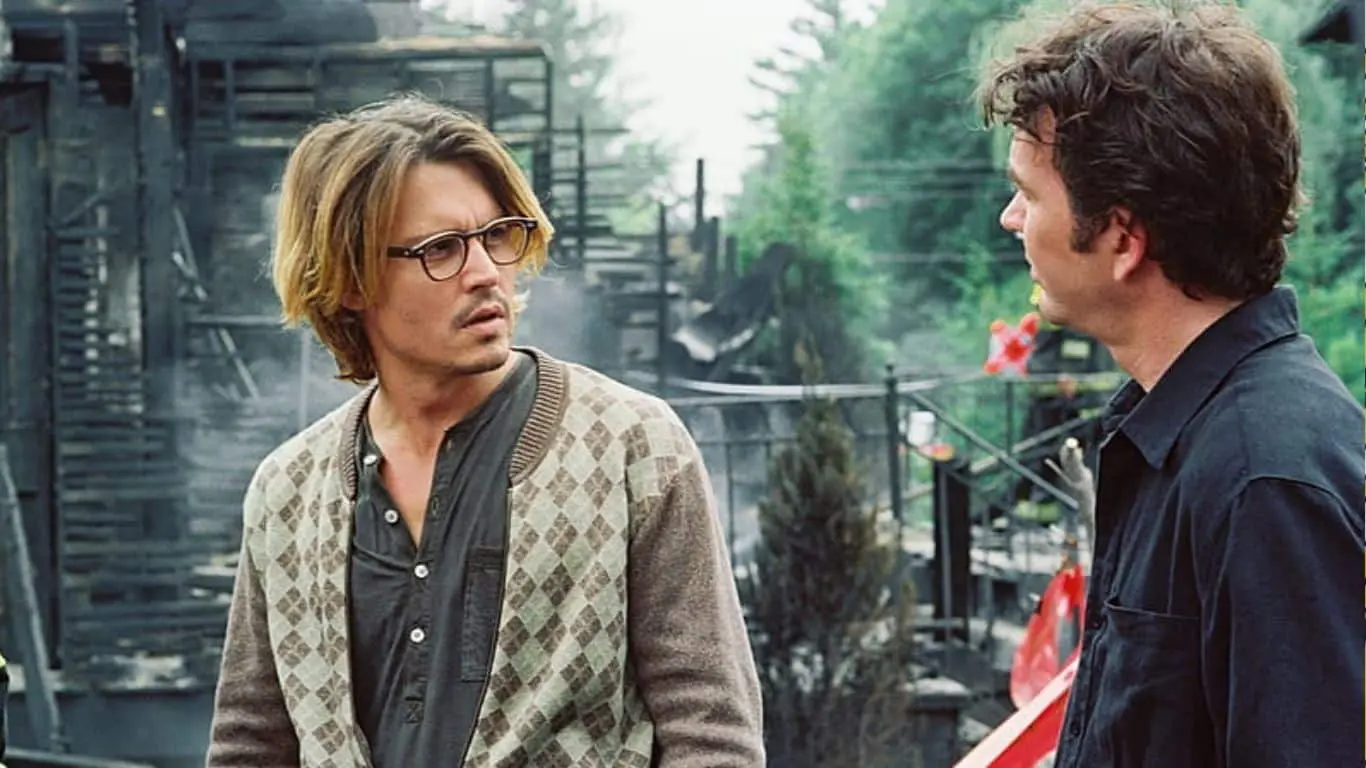
The story is a part of King’s collection “Four Past Midnight,” and it delves into themes of identity, guilt, and the blurred lines between reality and imagination. King’s narrative is a tightly-wound coil of suspense that keeps the reader on the edge of their seat until the very end. His portrayal of a writer’s vulnerability and internal chaos adds layers of psychological complexity, making the reading experience far more unsettling than any adaptation could capture.
Though Johnny Depp’s performance in the movie “Secret Window” is commendable, the film fails to encapsulate the layered, haunting ambiance of the novella. It falls short in exploring the psychological depths and intricacies that make “Secret Window, Secret Garden” a standout piece in King’s oeuvre. The novella remains a far scarier journey into the complexities of the human mind than its cinematic counterpart.
Cell
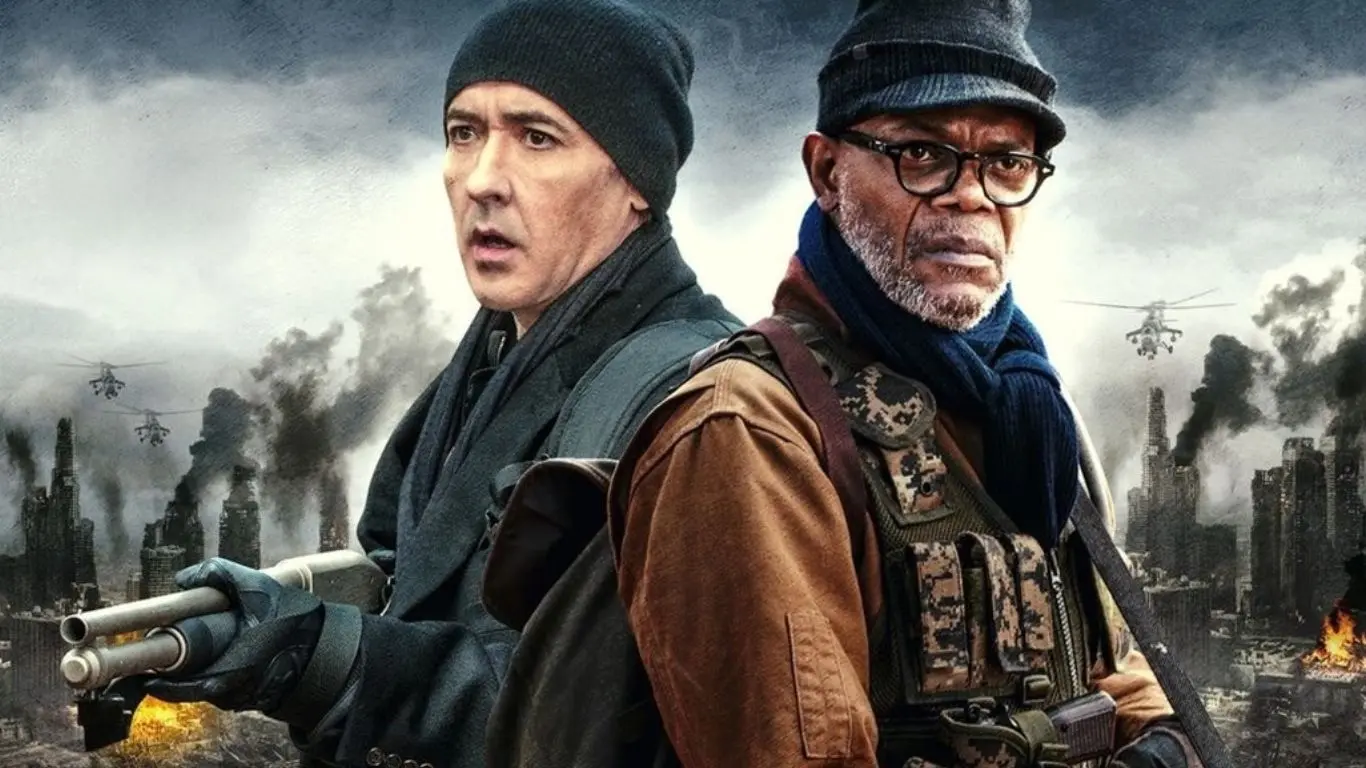
The novel presents a unique take on the zombie apocalypse genre, framing it in the context of our society’s dependence on technology. King masterfully creates an atmosphere of mayhem, chaos, and existential dread, exploring themes of isolation, the breakdown of social orders, and the emotional heft of parent-child relationships.
Whereas the movie adaptation, starring John Cusack and Samuel L. Jackson, fails to do justice to the intricacies and thematic richness of the original story. It struggles to capture the profound sense of grief, helplessness, and chaos that makes “Cell” a gripping read. The emotional stakes that King so skillfully constructs in his novel are lost in the film, making the book a far more impactful and terrifying experience.
Firestarter
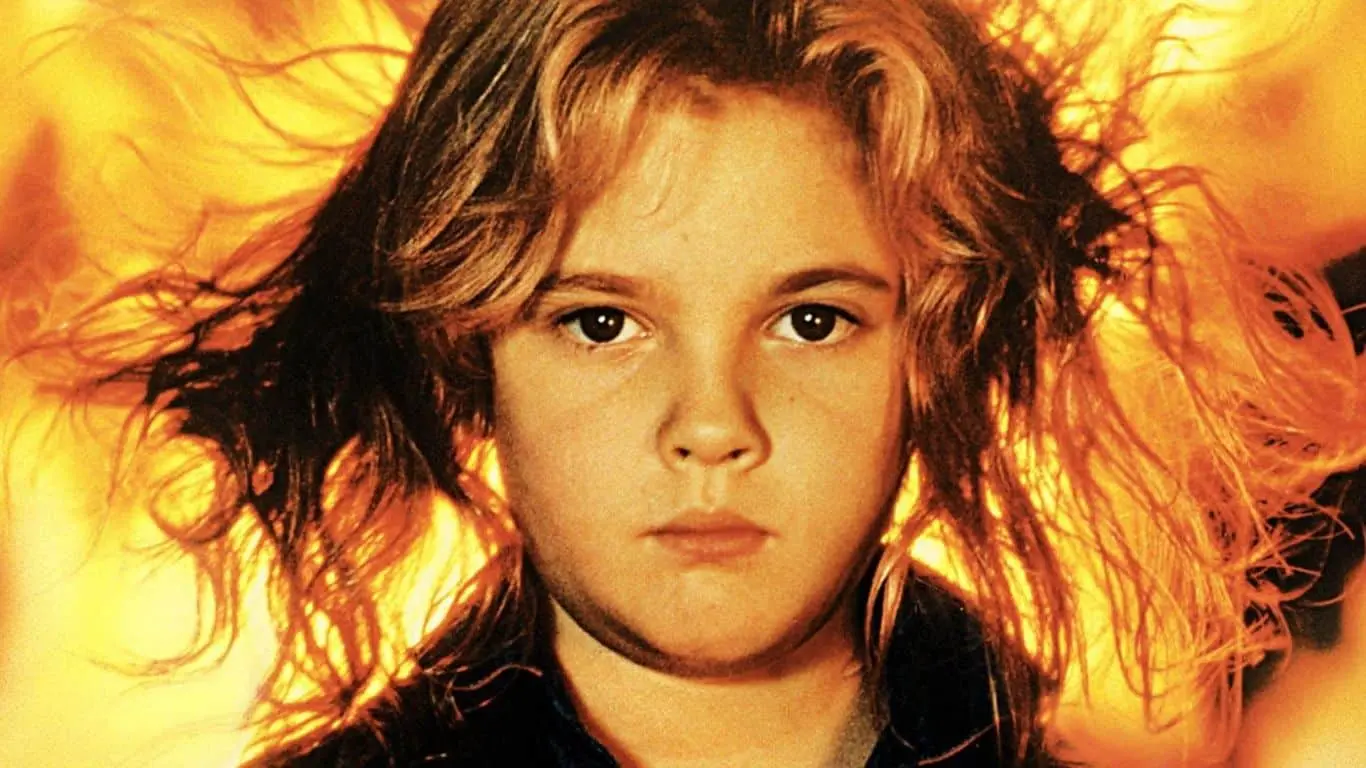
It is a gripping Stephen King novel that focuses on a young girl named Charlie McGee, who possesses pyrokinetic abilities, and her father as they are pursued by a government agency seeking to harness her powers. King delves deep into themes of exploitation, the loss of innocence, and the terrifying scope of unchecked governmental power. The novel excels in creating a complex emotional landscape, coupled with the suspenseful and often dangerous situations that Charlie and her father find themselves in.
The 1984 movie adaptation, featuring a young Drew Barrymore, manages to capture some elements of the story but misses the subtle complexities and emotional nuances that make the book a deeply affecting read. Even the 2022 remake, despite technological advancements, fails to deliver on both the storytelling and visual fronts. In “Firestarter,” King’s narrative builds a haunting atmosphere that captures the internal and external struggles of its characters, making it far more engaging and terrifying than any of its screen adaptations.
Dreamcatcher

Centered around four childhood friends who share a telepathic bond, the story takes them on a fateful hunting trip that turns into a nightmare involving extraterrestrial entities and a military quarantine. While the novel isn’t generally considered one of King’s best works, it still manages to create an atmosphere filled with dread and foreboding, blending genres in a way that only King can.
The film adaptation, despite having a screenplay by William Goldman and direction by Lawrence Kasdan, falls short of capturing the essence of the book. Its focus on visual spectacle over character development and narrative coherence dilutes the suspense and horror elements that King skillfully weaves into his story. As a result, the terror of “Dreamcatcher” as a book resides more in its psychological and emotional dimensions, which the film adaptation fails to adequately capture, making the novel a far more unsettling experience.
Graveyard Shift
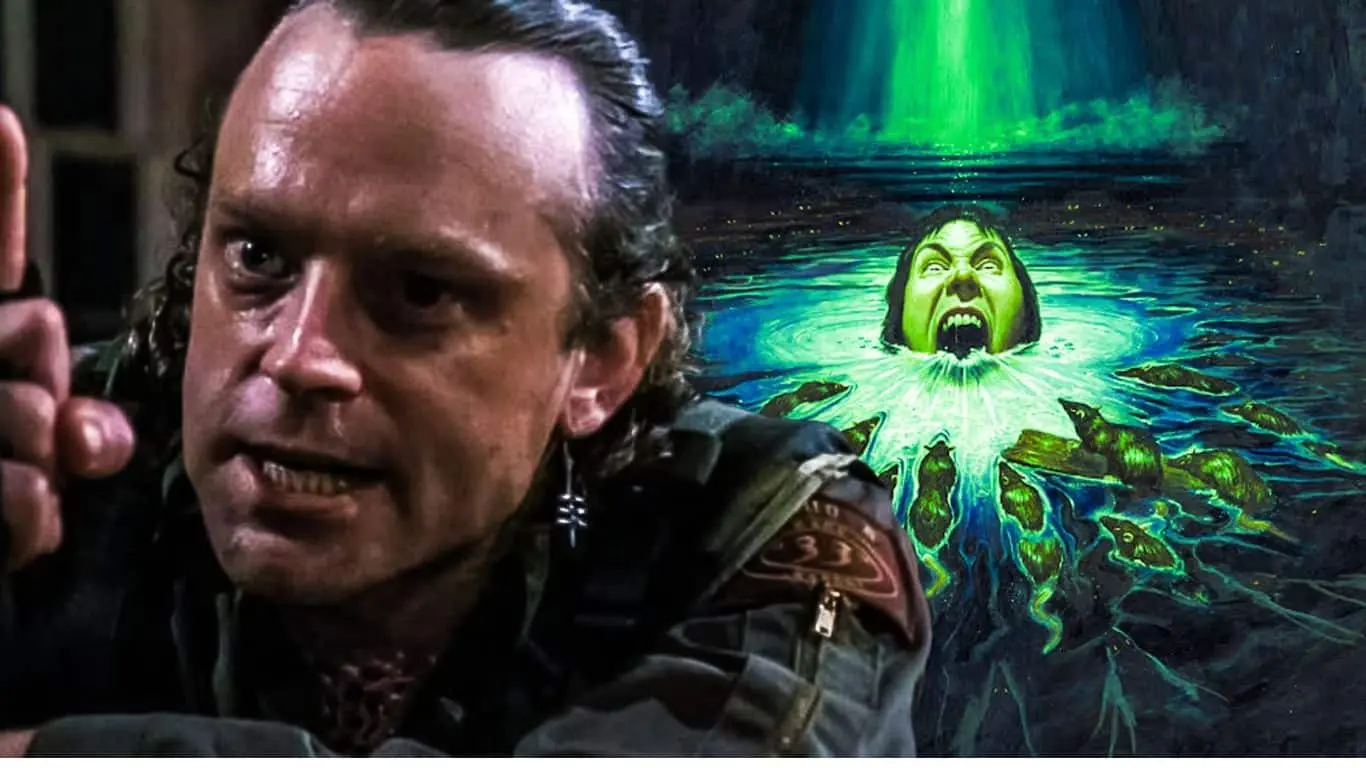
Set in a decrepit textile mill, the tale follows a group of workers who are assigned to clean out the rat-infested basement, only to find something far more horrifying. King uses this gruesome scenario to explore themes like the dehumanizing effects of minimum-wage labor, corporate greed, and environmental degradation. The story’s horror doesn’t just come from its monstrous revelations but also from the oppressive, real-world conditions that the characters endure.
The 1990 movie adaptation, however, fails to capture this dual-layered narrative. It resorts to straightforward horror tropes, focusing on gore and shock value but missing the deeper thematic elements that give the story its lasting impact. Consequently, the film adaptation received a 0% rating on Rotten Tomatoes, reinforcing the notion that “Graveyard Shift” as a story stands as a far more chilling and profound experience than its cinematic counterpart.
Also Read: Top 10 Live Action Adaptations of Anime
